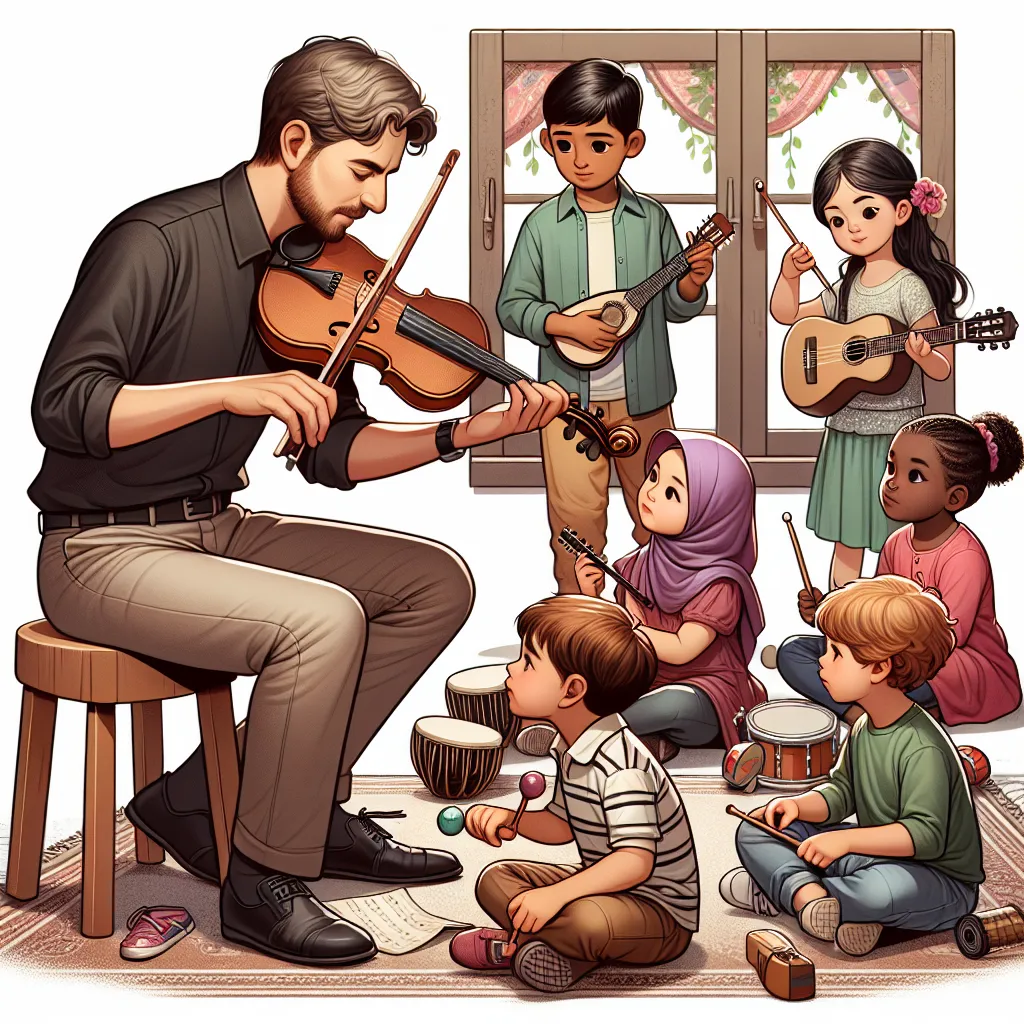Ask AI on The Internet
Question: 2/0/2024 2.3.1. Identify five mathematical concepts that can be developed through Mpho’s party. (5) 2.3.2. Illustrate how each of these concepts can be developed through the activities from Mpho’s party. (5) 2.3.3. Write down an activity you can do at the party, to teach the children problem-solving.
Sure! Here’s how you can develop and illustrate mathematical concepts through a party, and an activity to teach problem-solving: ### 2.3.1. Identify five mathematical concepts that can be developed through Mpho’s party: 1. Counting 2. Measurement 3. Shapes 4. Patterns 5. Addition and subtraction ### 2.3.2. Illustrate how each of these concepts can be developed through the activities from Mpho’s party: 1. **Counting**: - **Activity**: Counting the number of balloons, guests, or party favors. - **Example**: Ask the children to count how many balloons are needed to decorate the party area or how many party hats to distribute. 2. **Measurement**: - **Activity**: Measuring ingredients for baking or setting up the table. - **Example**: Have a baking station where kids measure out flour, sugar, and other ingredients for cupcakes or cookies. 3. **Shapes**: - **Activity**: Decorating cookies or creating decorations. - **Example**: Provide cookie cutters of different shapes and ask the children to identify and sort cookies by their shapes. 4. **Patterns**: - **Activity**: Making bead necklaces or arranging items in a sequence. - **Example**: Use beads of different colors and sizes for children to create patterns in their necklaces (e.g., red-blue-green-red-blue-green). 5. **Addition and Subtraction**: - **Activity**: Game involving the addition or subtraction of items. - **Example**: Play a game where children have to add or subtract items from a basket. For instance, if a child has 5 candies and eats 2, ask how many are left. ### 2.3.3. Write down an activity you can do at the party to teach the children problem-solving: **Scavenger Hunt**: - **Activity**: Organize a scavenger hunt where children must find specific items hidden around the party area. Give them clues that require problem-solving skills to figure out the locations. - **Implementation**: Prepare a list of items for the scavenger hunt with clues written as simple riddles or puzzles. Split the children into small groups and give each group a set of clues. For example, “I have four legs but can’t walk, you sit on me” leads to a chair, where the next clue is hidden. Guide the children to work together to solve each clue and find the hidden items. This scavenger hunt activity will not only engage the children in a fun way but also encourage them to think critically and work together to solve problems.
Think your answer is better than the AI's? Post it below.
Other Most Relevant Posts:
 **Illustrating Mathematical Concepts through Mpho's Birthday Party**
1. **Measure**:
- *Concept Development*: Measuring involves quantifying the attributes of objects, such as length, volume, or
**Illustrating Mathematical Concepts through Mpho's Birthday Party**
1. **Measure**:
- *Concept Development*: Measuring involves quantifying the attributes of objects, such as length, volume, or
Question Tags
If you want your question answered by an AI, click here.






Post your own comment: